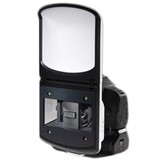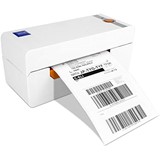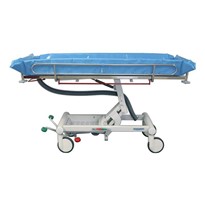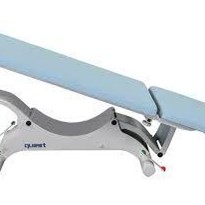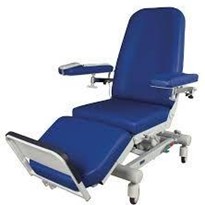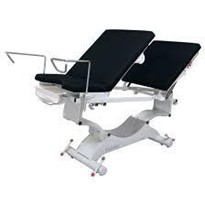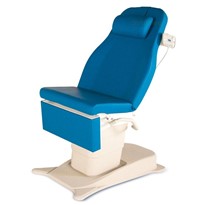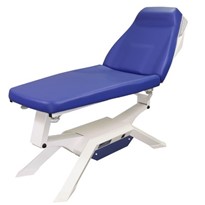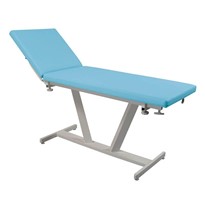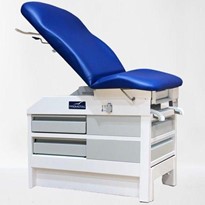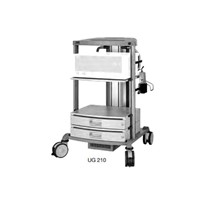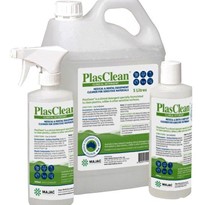When purchasing medical equipment, it’s important to consider the many variables involved with it. Similar to buying groceries where there’s a list of what to buy, hospitals or clinics need to plan what medical equipment they need. To help, we’ve prepared 6 vital tips that medical establishments absolutely need to know, in order to successfully buy medical equipment.
Tip Number 1: Find Smart Options for Equipment Financing
Medical practitioners would think that paying via cash is the most viable way of getting the medical equipment they need, but this might inadvertently cut into their working capital. Capital that could be used for various practice expenditures.
A good option that practitioners could look into is applying for a medical equipment loan, however, they must take into consideration that loans would often have interest rates which increase the medical equipment’s final cost.
Tip Number 2: Always Look and Go for the Warranty
Look for healthcare vendors that have warranty contracts and maintenance service for the equipment they’re selling. By looking for this option, practitioners could greatly reduce the chances of equipment breakdowns or avoid expensive service costs. Don’t forget to take the time to read through the warranty contract and ask what warranty options are available too. Remember the ROI (return on investment), sometimes buying cheap is not the best option as you may find you end up paying more in the long run and prematurely replacing your equipment.
Tip Number 3: Strategise for the Space and Renovations the New Equipment Might Need
Every room in a medical establishment has their own unique needs. Therefore, it’s important that when a practitioner aims to buy medical equipment, they consider the location where the equipment will be set up. Are any modifications or renovations required to the room and is there sufficient space.
Tip Number 4: Examine the Delivery Process for the Equipment
Opt for a healthcare vendor that offers direct-to-site delivery services. Perform some research about vendors that offer promising delivery services and check if they have a good reputation. A good vendor would make sure that the medical equipment is delivered on time and that it’s properly installed in the room where it needs to be.
Tip Number 5: Test and Inspect the Equipment Before Ownership Transfer
It’s wise to test and inspect if the medical equipment is functioning the way it should be. Brand new equipment has a lower chance of experiencing malfunction issues. One is more likely to discover such issues once they’ve received the delivery, compared to having everything installed and then using it after a couple of days.
Tip Number 6: Check Workflow and Patient
Workflow and patient care may need to be reviewed, once the new medical equipment arrives. A new workflow might need to be implemented to accommodate the new equipment and make sure that both the operator and patient are comfortable.
Purchasing medical equipment can be challenging. There’s so much and so many options to choose from, it can be very confusing to say the least. Learning how to buy medical equipment greatly increases one’s chances of getting a good deal and we hope that these tips would be helpful for everyone.
For further information, contact the friendly team at ICONA.

















